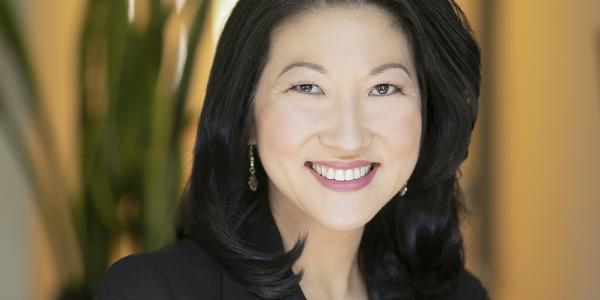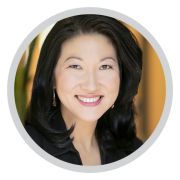Message from Michelle

You are here
Dear colleagues,
I grew up in a joyful home full of Korean food, traditions, and language. As Korean immigrants to the United States, my parents spoke limited English. My grandmother, who came to live with us to help with child care, spoke almost no English.
This was fine—until I entered preschool. Worried that I didn’t speak English, my teachers encouraged my family to stop speaking Korean to my younger sister and brother. Otherwise, “they’re going to struggle like Michelle.”
So began our family’s transition to using mostly English in the home. I spoke English to my siblings. When my parents spoke to us in Korean, we answered in English. As a result, much of the fluency I had as a child has not carried over as an adult, and my siblings have very limited Korean speaking ability, something we all regret.
At the time, many teachers felt the best way to teach English was in isolation, without the “confusion” they believed another language would cause. Yet research now shows that children learn languages in tandem with one another and are well-equipped to become multilingual. It is a research-based practice to support children’s learning in both their home language and English at the same time.
This issue of Teaching Young Children is filled with articles written by educators like you, who allow children to be their whole and complete selves. Following the framework of developmentally appropriate practice, you embrace and reflect children’s contexts, communities, and cultures each day. By honoring children’s home languages, you help to ensure that their language will be part of their families for years to come.
In gratitude,
Michelle Kang
Chief Executive Officer
Copyright © 2024 by the National Association for the Education of Young Children. See permissions and reprints online at NAEYC.org/resources/permissions.
Michelle Kang serves as NAEYC’s Chief Executive Officer.
